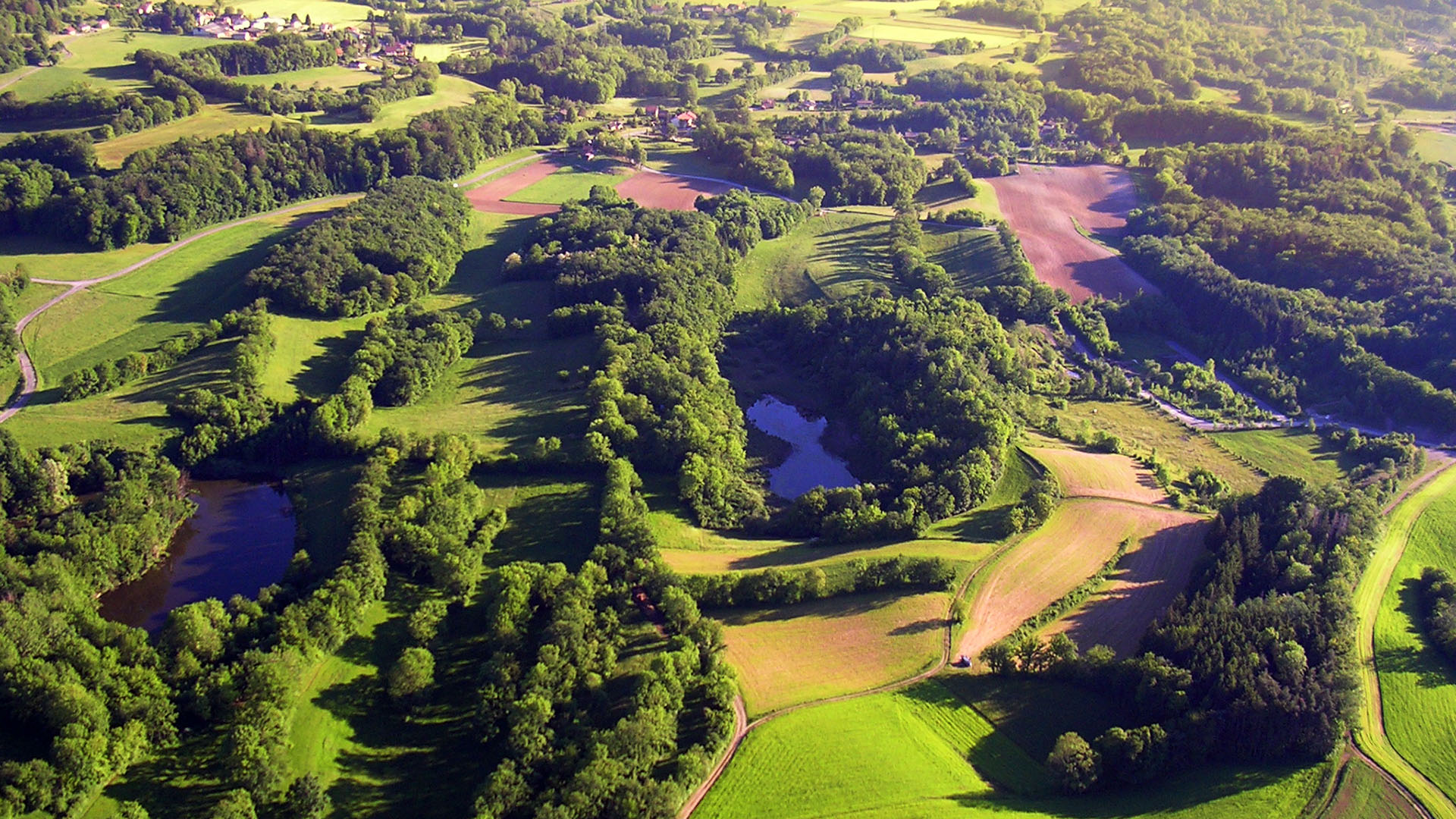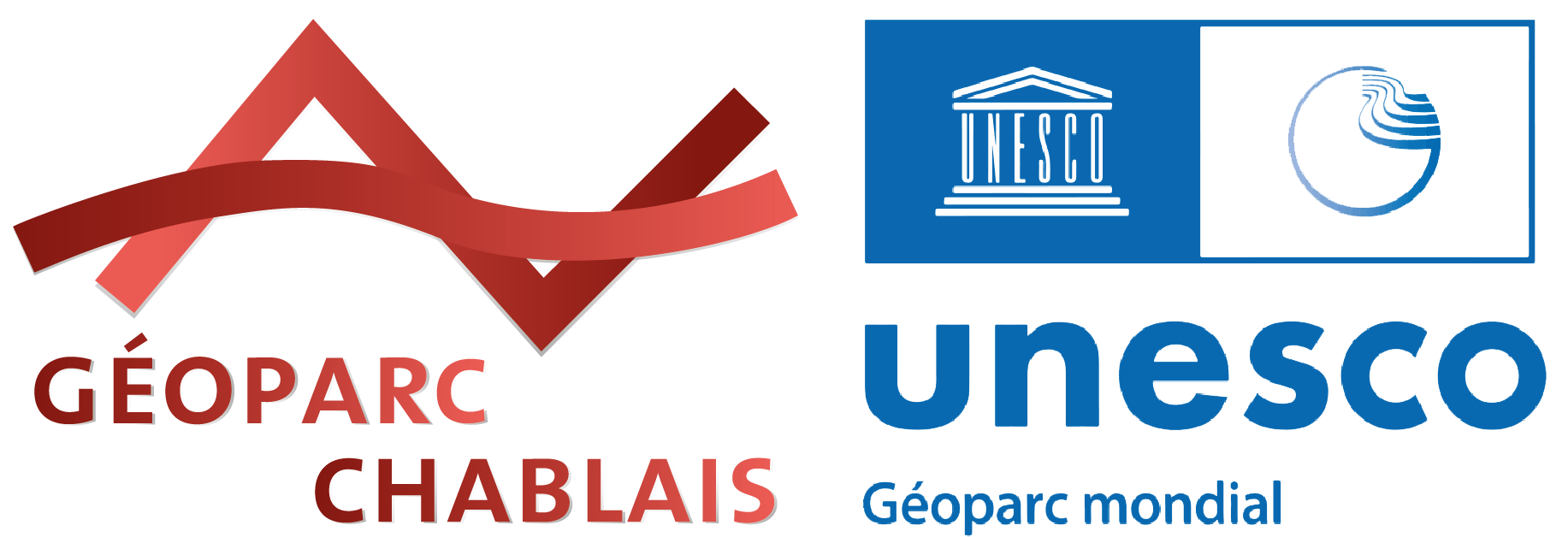The Chablais area boasts a rich geological heritage that has both scientific and social value. This heritage forms the basis of various research projects, educational activities, training, sustainable tourism, and ecosystem services. Geological heritage sites or “geosites” often have natural or cultural value as well.

The UNESCO Chablais Global Geopark develops and implements policies to preserve and manage the area’s geoheritage. Using the geoheritage inventory, the Geopark collaborates with area stakeholders to protect these sites and ensure that they can be accessed and used.
Actions
- Creation of an inventory of the Chablais’ geological heritage which is used to:
- Promote the Chablais’ geological heritage, with continuous updates,
- Make recommendations to preserve and protect the Chablais Geopark sites,
- Help private and public stakeholders make decisions.
- Contribution to the identification and promotion of cultural and vernacular heritage to help residents take ownership of the area’s spaces and identity.
- Participation in ongoing earth sciences research to advance our knowledge of the Earth and future changes.
- Labelling around 20 geosites as Sensitive Natural Sites recognised for their geological heritage.
- Informing schools and the general public of good practices through the Geopark website, information panels, and publications.
Heritage protection measures
The Chablais area has many different labels that protect its natural heritage through either a land-use or regulatory approach.
The various labels and conventions
- The Ramsar Convention on Wetlands: the Gavot Plateau and shores of Lake Geneva
- The Coastal and Lakeshore Conservation Authority: Domaine du Guidou-Coudrée, Châtaignière, Corzent, Parc du Miroir, Pré-Curieux, La Fabrique, Les Grandes Salles and La Gryère
- Natura 2000, the Habitats Directive and Birds Directive (Directive 92/43/EEC of 21 May 1992; Directive 2009/147/EC): many sites
- The Prefectoral Decree on Biotope Protection (APPB): many sites
- The national network of “French Towns and Lands of Art and History“: Vallée d’Abondance and Pays d’Evian (since 2003)
- Nature Reserve of France: Dranse Delta (since 1980)
- Council of Europe Biogenetic Reserve: Dranse Delta
- Listed sites: Dent d’Oche and Cornettes de Bise, 3,630 ha (since 2013); the Domaine de Ripaille, 198 ha (since 1950); Gorges du Pont du Diable (since 1908)
- The Mountain Act of 9 January 1985 applies to most of the Chablais’ mountainous areas
- The Coastal Act of 3 January 1986 covers the shores of Lake Geneva
- Natural Areas of Ecological, Faunistic, and Floristic Interest (ZNEIFF), 8 January 1993, article 23: a large part of the Chablais falls under Type II ZNIEFF status and many specific sites have Type I ZNIEFF status
- 20 geosites and 17 sites with the Sensitive Natural Site (ENS) label
- Wildlife hunting reserves: one of the largest reserves in Haute-Savoie is in the Chablais
The Sensitive Natural Site designation
The natural heritage in the Haute-Savoie Department is remarkably varied, contributing to biodiversity (which is exceptional in Haute-Savoie), the exceptional living environment, and the beauty of recreational areas.
The department is well aware of the importance of this heritage and took early action to protect the natural environments and showcase these areas. The department has also created a network of Sensitive Natural Sites within its borders.
The Haute-Savoie Department
The ENS label is managed in close collaboration with all local stakeholders (local authorities, community organisations, etc.), following three main priorities:
- Preserve the natural environment and landscapes
- Promote the natural environment and landscapes and welcome visitors
- Enrich and share knowledge about the area’s biodiversity and landscapes



